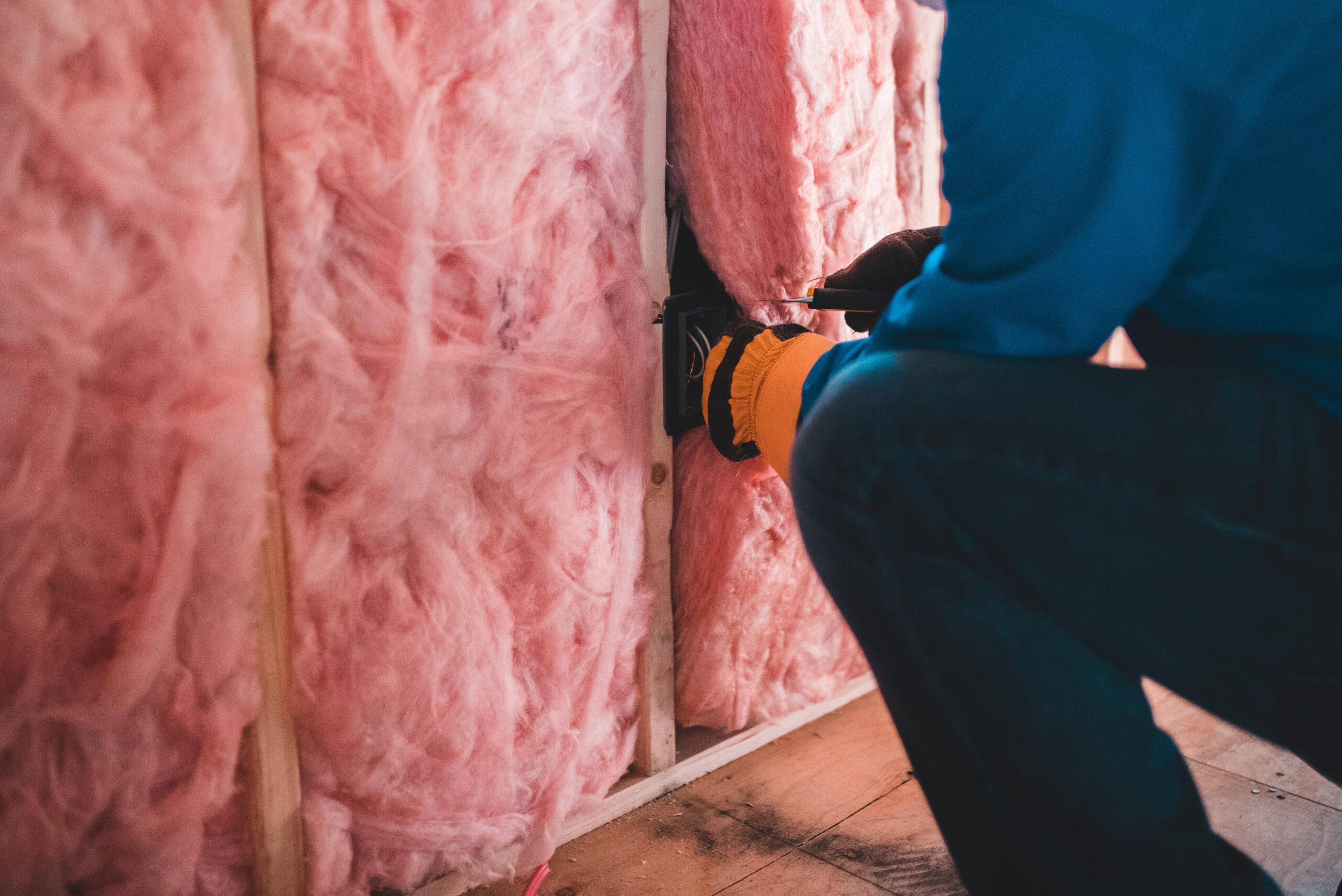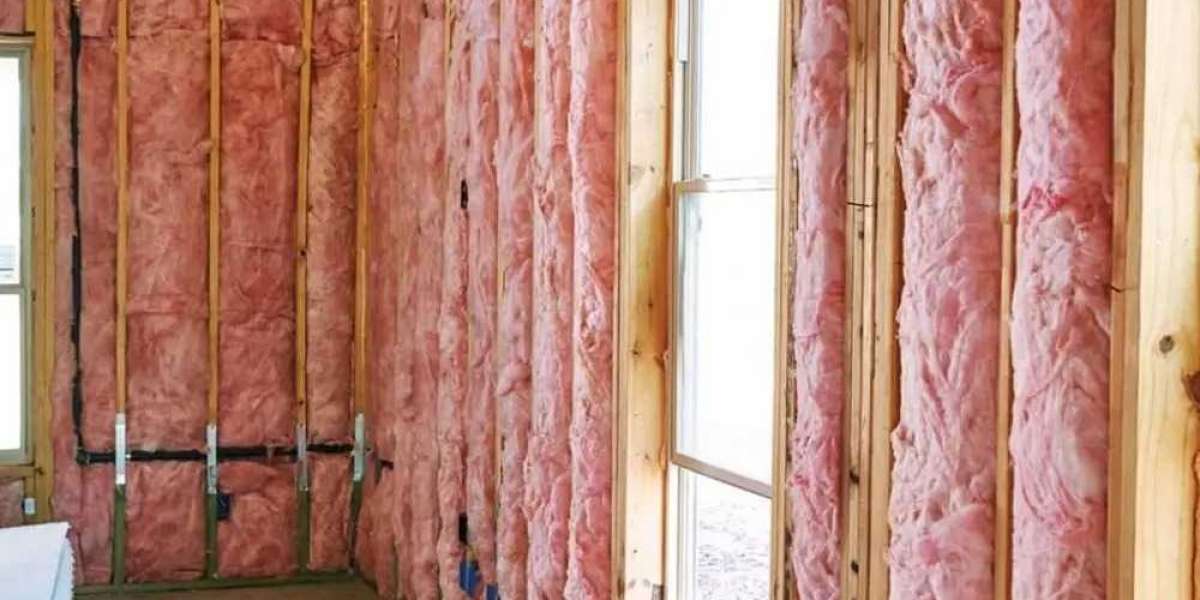The R-value of fiberglass batts generally falls between R-2.9 and R-3.8 per inch, determined by the material's density, manufacturing method, and quality of installation. This rating indicates how effectively the insulation resists heat flow. A higher R-value means greater thermal resistance, which contributes to better indoor comfort, reduced energy bills, and compliance with modern building codes.
Choosing the right R-value is a critical decision in any insulation project. It affects energy efficiency, temperature consistency, and long-term sustainability of the structure. Whether you're upgrading an attic or insulating new walls, understanding R-value helps you make informed, code-compliant choices that improve performance.
This article explores the R-value of fiberglass batts, presents essential data and comparisons in table format, and offers insights into selection, installation, and regional considerations.
R-Value Comparison Table for Fiberglass Batts
Batt Thickness (inches) | R-Value Range | Common Use Cases |
3.5 | R-11 to R-15 | Interior walls, 2x4 framing |
6.25 | R-19 to R-21 | Exterior walls, 2x6 framing |
9.5 | R-30 | Attics, vaulted ceilings, upper floor zones |
12 | R-38 | Unfinished attics, cold-climate homes |

Why R-Value Matters in Insulation
R-value is the defining metric for insulation effectiveness. It directly measures how well insulation slows down heat transfer, which influences energy use, HVAC cycling frequency, and indoor temperature stability. An appropriate R-value helps prevent indoor heat loss in winter and keeps interiors cooler in summer.
Poor insulation or low R-values lead to higher energy consumption and inconsistent indoor climates. To counteract this, building codes across the U.S. mandate different R-value minimums by climate zone, requiring homeowners to match insulation levels to regional conditions.
Bonus Tip
In colder regions (zones 5–8), attics should use R-38 to R-60 insulation. For maximum performance, aim for the upper end of this range when possible.
Technical Specifications of Fiberglass Batts
Specification | Detail |
Thermal Resistance (R-value) | R-2.9 to R-3.8 per inch |
Material Composition | Spun glass fibers bonded with resin |
Fire Resistance | Meets ASTM E136 non-combustibility standards |
Moisture Resistance | Moderate; needs vapor barrier in humid areas |
Density | 0.5 to 1.0 lb/ft³ |
Installation Method | Friction fit in stud/joist cavities |
Facing Options | Kraft-faced, foil-faced, or unfaced |
Lifespan | 20 to 30 years with proper care and dry storage |
Market Insights
- The North American Insulation Manufacturers Association (NAIMA) reports that fiberglass batt insulation is present in over 85% of new U.S. homes.
- According to Energy Star, effective insulation combined with air sealing can lead to annual energy savings of 10-15% on heating and cooling bills.
- Industry forecasts project steady demand growth through 2030, driven by updated building codes and energy-efficiency incentives.
Things to Consider Before Making a Decision
Climate Zone Requirements
Every U.S. climate zone has a minimum recommended R-value:
- Zone 1–2 (Hot climates): R-30 attic, R-13 wall
- Zone 3–4 (Mixed climates): R-38 attic, R-19 wall
- Zone 5–6 (Cold climates): R-49 attic, R-21 wall
- Zone 7–8 (Very cold): R-60 attic, R-21+ wall
Knowing your zone ensures you meet local code while optimizing energy performance.
Space Constraints
Wall cavities with limited depth (like 2x4 framing) restrict insulation thickness. In such cases, high-density batts offer improved R-value without requiring structural modification.
Compatibility with Framing
Fiberglass batts are manufactured to fit standard framing sizes. Ensure the selected batt thickness and width align with framing members (e.g., 16" or 24" on center) to prevent gaps or compression.
Air and Vapor Control
In high-humidity or variable temperature environments, consider:
- Kraft-faced batts to reduce moisture diffusion
- Foil-faced batts for radiant barrier effects
- Unfaced batts when vapor barriers are already present
Soundproofing Potential
While not designed for sound insulation, fiberglass batts offer moderate acoustic absorption. This can improve indoor comfort by reducing sound transmission between rooms.
Bonus Tip
Seal all penetrations and use caulk or foam around junction boxes and outlets before installing batts to prevent thermal bridging and air leaks.
Common Questions About Fiberglass Batt R-Value
Why does batt thickness affect R-value?
Each added inch of thickness contains more insulating material, allowing greater resistance to heat flow. However, compression or misfitting reduces this benefit significantly.
Can I stack fiberglass batts to increase R-value?
Yes. You can layer batts to meet target R-values, but ensure a snug fit without compression and avoid gaps between layers. Use unfaced batts on top when stacking.
Are higher R-value batts always better?
Not always. Over-insulating may lead to unnecessary costs or moisture trapping. Choose R-values based on climate, location in the structure, and compliance with local energy codes.
How does installation quality affect R-value?
Even high-R-value batts perform poorly if improperly installed. Common installation errors include:
- Gaps and voids
- Over-compression
- Poor alignment
These issues can reduce real-world performance by up to 25%.
Bonus Tip
Cut batts slightly wider than the cavity width to ensure a tight friction fit. This helps maintain consistent thermal performance across the entire wall or attic space.
Topic FAQ
What does R-value mean in insulation?
It measures resistance to heat flow. A higher number indicates better insulating power, slowing heat transfer through walls, ceilings, and floors.
Do fiberglass batts lose R-value over time?
No significant loss occurs if batts remain dry and undisturbed. Wet or compressed insulation, however, loses effectiveness.
Can I mix fiberglass with other insulation types?
Yes, but consider vapor barrier placement. For example, placing fiberglass over spray foam must avoid trapping moisture. Always follow building science principles.
What is the best R-value for walls?
Most homes use R-13 to R-21, depending on framing and regional requirements. Check local codes to confirm the minimum R-value required.
Are all fiberglass batts the same?
No. Variations include:
- Density (standard vs. high-density)
- Facing (kraft, foil, unfaced)
- Width and length for different framing sizes
Read product labels carefully to match batts to your application.
Make the Right Decision
Fiberglass batt insulation is a trusted and widely used material for managing thermal performance in residential and commercial construction. Its effectiveness depends heavily on selecting the correct R-value and installing it properly. Understand your building’s needs, regional requirements, and physical constraints before committing to an insulation type.
While cost-effective, batts must be carefully fitted to deliver optimal performance. Always consider installation quality, moisture control, and building code compliance when planning your insulation strategy. When done right, fiberglass batts can provide decades of consistent energy savings and year-round indoor comfort.

Reviewer:
Lily Johnson offered her feedback after reviewing this post. With 8 years in the spray foam insulation field, her suggestions centered around improving outreach to homeowners looking for quality insulation solutions.




